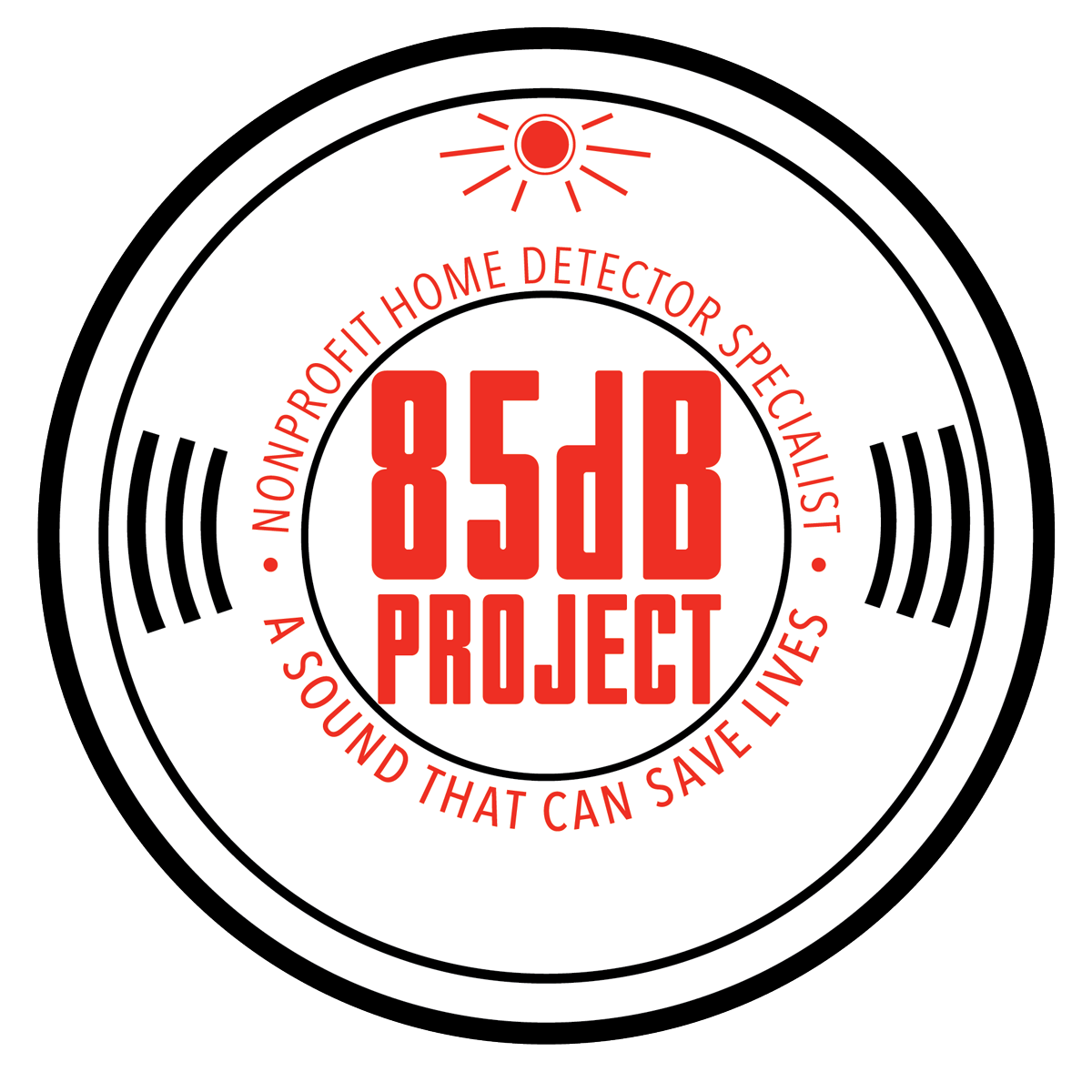Safety is paramount when it comes to residential properties, and one crucial aspect is the installation and use of smoke alarms and detectors. Local building codes, regulations, and standards play a pivotal role in ensuring the effectiveness and compliance of these life-saving devices. In this article, we will delve into the importance of understanding and adhering to these regulations to create a secure living environment for all residents.
- The Significance of Smoke Alarms: Smoke alarms are the first line of defense against the devastating consequences of fire incidents. They provide early detection, allowing residents to evacuate safely and emergency services to respond promptly. Understanding the local building codes ensures that these devices are not only present but also positioned correctly for optimal performance.
- National Fire Protection Association (NFPA) Standards: The NFPA has established standards and guidelines for the installation and maintenance of smoke alarms and detectors. Local building codes often adopt these standards, making it essential for property owners and builders to be familiar with NFPA’s recommendations. This includes guidelines on placement, testing, and the types of alarms suitable for different areas within a residence.
- Local Variations in Building Codes: While there are national standards, building codes can vary from one locality to another. Municipalities and states may have specific requirements based on factors like climate, building materials, and population density. It is crucial to research and understand the local regulations to ensure compliance and, ultimately, the safety of residents.
- Installation Requirements: Local building codes outline specific requirements for the installation of smoke alarms. This includes the number of alarms needed in each dwelling, placement in different rooms, and the use of interconnected alarms to ensure that if one detects smoke, all alarms sound. Property owners must adhere to these regulations during construction or when upgrading existing properties.
- Regular Maintenance and Testing: Building codes often address the need for regular maintenance and testing of smoke alarms. This may involve monthly testing by the occupants, annual inspections by professionals, and the replacement of batteries or the entire device as needed. Adhering to these requirements ensures that the smoke alarms remain in optimal working condition.
- Penalties for Non-Compliance: Local authorities enforce building codes to maintain a high standard of safety. Non-compliance with smoke alarm regulations may result in penalties or fines for property owners. Understanding these consequences emphasizes the importance of following the prescribed guidelines.
In conclusion, a thorough understanding of local building codes, regulations, and standards is paramount for the effective installation and use of smoke alarms and detectors in residential properties. These regulations not only ensure compliance but also contribute significantly to the safety and well-being of residents. Property owners, builders, and residents alike must prioritize staying informed and up-to-date on these essential guidelines to create a secure living environment for everyone.


